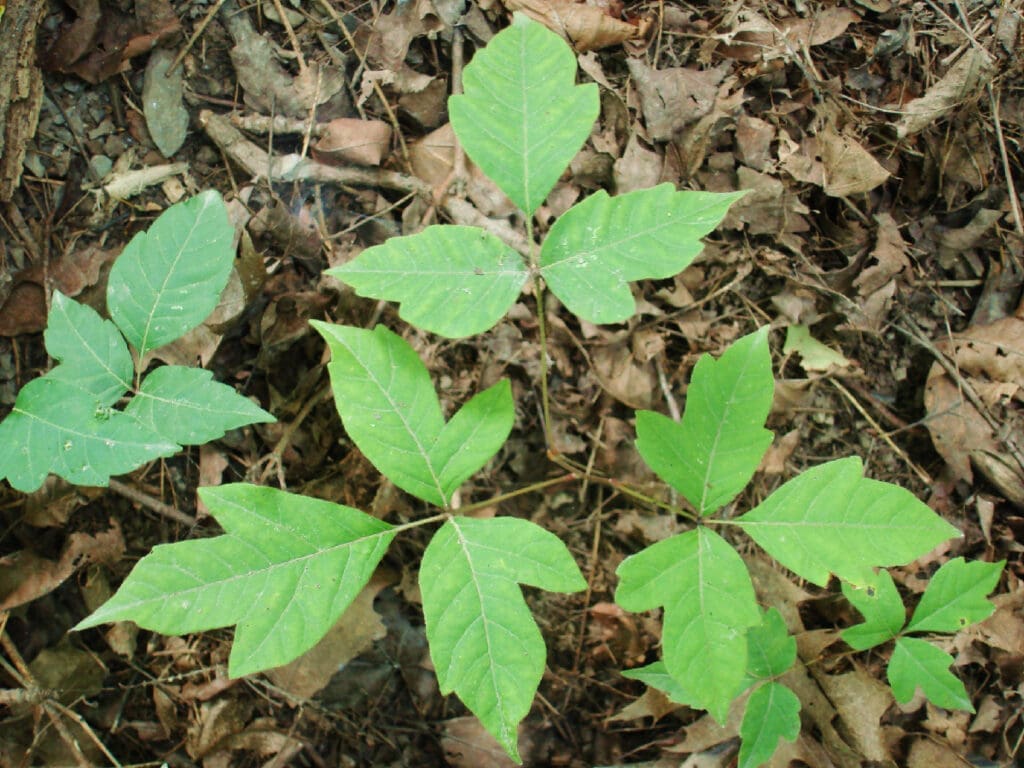Photo courtesy of Wikimedia Commons
Avoiding poison ivy starts with being able to properly identify it, according to Kansas State University horticulture expert Cynthia Domenghini. The plant grows in various forms—upright shrub, climbing vine, or groundcover—which makes it easy to mistake for other plants.
As a vine, poison ivy is recognizable by its fuzzy, rope-like appearance caused by aerial roots. When growing as groundcover, it’s often mistaken for Virginia creeper or woodbine. The shrub form can appear in a variety of places, including fields, pastures, wooded areas, and even home gardens.
Poison ivy typically has leaves in groups of three, with the center leaflet being larger and attached by a longer stalk than the two side leaflets. The leaf edges can vary and may be smooth, lobed, incised, or toothed.
To safely remove poison ivy, it’s best to wear gloves, long sleeves, and pants, and wash skin and clothing afterward. Groundcover can be removed by digging out the roots when the soil is moist. Herbicides may be effective on shrubs and woody vines, especially when applied directly after cutting the plant back.
Domenghini and her colleagues in K-State’s Department of Horticulture and Natural Resources produce a weekly Horticulture Newsletter with tips for maintaining home landscapes and gardens.













